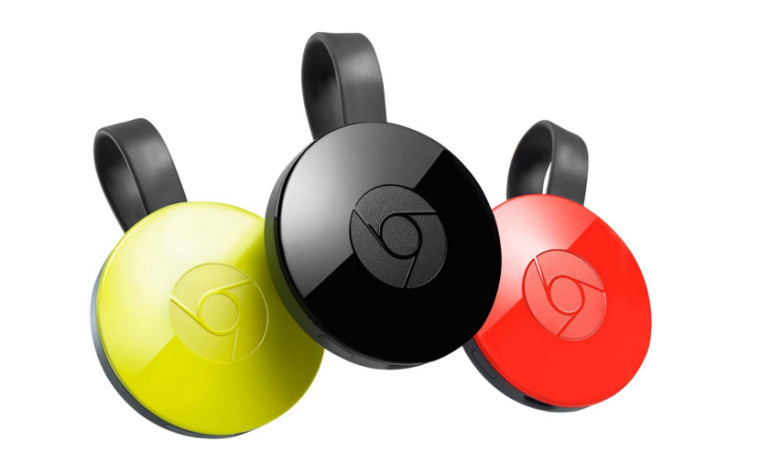
Google today launched an analytics tool for developers that use Google Cast in their applications. Developers will now be able to find out how many devices access their application, how many sessions those devices initiate, how long those sessions are, and more.
For those that aren't familiar with Google Cast, it's the technology that's used by Google's Chromecast. A user can be watching a video on their Android or iOS device, and "cast" it to a Chromecast or Android TV. Unlike Miracast, which simply mirrors the screen, the user can actually shut down his device and the video will continue to play.
Google Cast also allows for mirroring from the Chrome browser or from an Android device; however, mirroring works more similarly to Miracast, where the video stream ends if the screen is shut off. Google also recently introduced Chromecast Audio, adding audio "casts" to the mix.
Since the Google Cast API is open to developers, any application is free to use the technology. Previously, if developers wanted to know how their users are using the Google Cast portion of their apps, they would need to create their own analytics. Now, Google is providing a built-in solution.
Developers need only go to their Google Cast SDK Developer Console and click the 'View' link in the 'Application' table under 'Statistics'.

The analytics page contains a tab for each metric, an interactive graph of the metric’s values over time, and tables containing the most recent day’s data. The devices tab shows the number of Cast devices that have launched your application, the sessions tab shows the number of Cast sessions of your application, and the average playback tab shows the average length of media playback time per session for your *application.

Any time a new analytics tool is introduced, it's great news for developers. The new Google Cast analytics will allow developers to see how their app is used and what they can do to make their app better for users.
Source: Google Developers Blog















1 Comment - Add comment